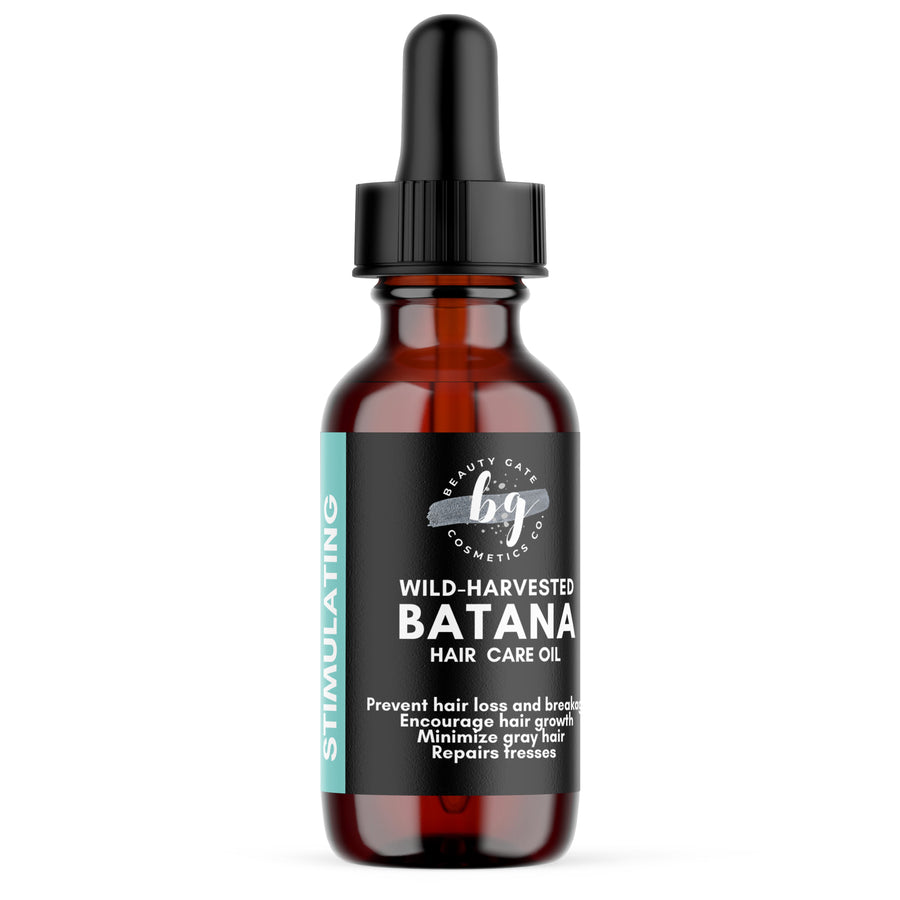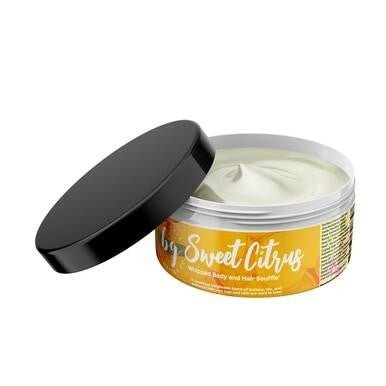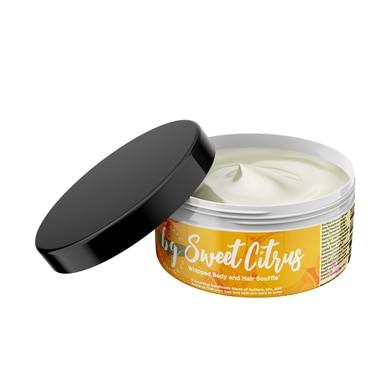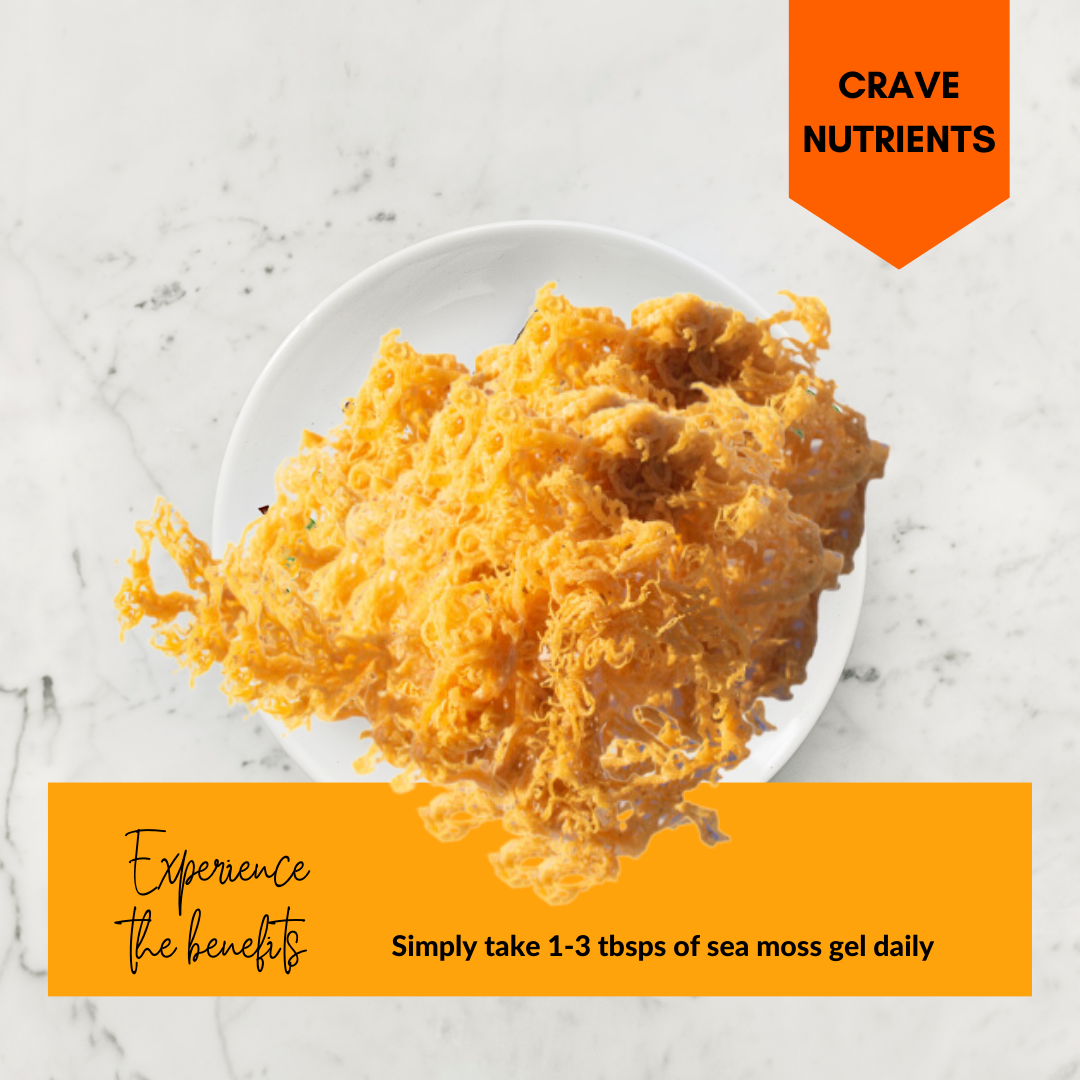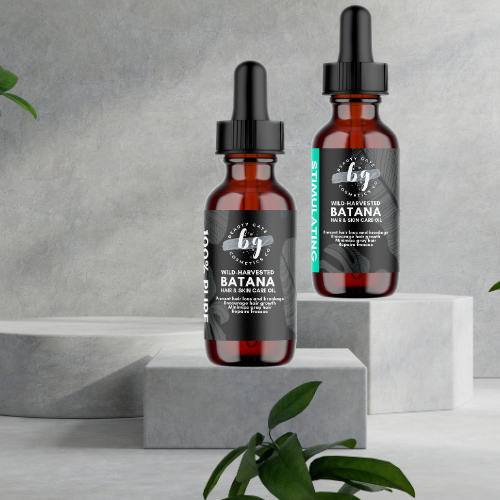Type 3 Hair Care: Everything You Need to Know
About Type 3 Hair
Type 3 hair is a curl pattern that ranges from loose, bouncy curls to tight, coiled curls. People with type 3 hair may have a combination of different curl patterns, with some areas of the hair being curlier than others. Type 3 hair tends to have a medium to thick hair texture and a varied hair density. It is also more prone to dryness and frizz than other hair types.
Type 3 hair is divided into three subcategories: 3a, 3b, and 3c. Each subcategory has its own unique characteristics and may require slightly different hair care practices.
- 3a: Type 3a hair has loose, bouncy curls that are about the size of a pencil. It tends to have a medium hair density and a medium to fine hair texture.
- 3b: Type 3b hair has tight, corkscrew curls that are about the size of a straw. It tends to have a medium to high hair density and a medium hair texture.
- 3c: Type 3c hair has tight, coiled curls that are about the size of a pencil eraser. It tends to have a high hair density and a medium to thick hair texture.
Main Characteristics of Type 3 Hair
Type 3 hair is known to have a range of curl patterns, from loose curls to tight coils, and it tends to have a medium to thick hair texture. It may also have a varied hair density, with some areas of the hair being thicker or thinner than others. Type 3 hair is more prone to dryness and frizz than other hair types, and it may require more moisture and hydration to stay healthy and frizz-free.
Here are the Main Characteristics of Type 3 Hair:
Curly: Type 3 hair is curly and ranges from loose, bouncy curls to tight, coiled curls. Medium to thick texture: Type 3 hair tends to have a medium to thick hair texture, which means that it is more textured and thicker than other hair types. Varying density: Type 3 hair may have a varied hair density, with some areas being thicker or thinner than others. Prone to dryness: Type 3 hair is more prone to dryness than other hair types, and it may require more moisture and hydration to stay healthy. Prone to frizz: Type 3 hair is more prone to frizz than other hair types, and it may require more moisture and hydration to stay frizz-free. Easy to style: Type 3 hair is easy to style and can be worn in a variety of styles, from loose curls to tight coils. May require more maintenance: Type 3 hair may require more maintenance than other hair types, as it is more prone to dryness and frizz.
Caring for Type 3 Hair
By following a proper hair care routine, you can help keep your type 3 hair looking healthy and frizz-free.
Here is a step-by-step guide to caring for type 3 hair:
- Use a sulfate-free shampoo & conditioner: To avoid stripping the hair of its natural oils, it is important to use a sulfate-free shampoo & conditioner that is formulated specifically for type 3 hair. Look for hair care products that are rich in moisture and hydration, as these will help to nourish and nourish the hair.
- Deep condition regularly: To help moisturize and hydrate type 3 hair, it is important to deep condition regularly. You can use a store-bought deep conditioner or you can make your own at home using natural ingredients such as avocado, olive oil, and honey.
- Use a leave-in conditioner or serum: To help protect the hair from damage and to add moisture and shine, it is important to use a leave-in conditioner or serum. Look for products that are formulated specifically for type 3 hair and that are free from harsh chemicals.
- Use a wide-tooth comb: To help prevent breakage and tangles, it is important to use a wide-tooth comb when detangling type 3 hair. Start at the ends of the hair & work your way up to the roots to gently remove tangles and knots.
- Avoid frequenty use of heat styling tools: To protect the hair from damage, it is important to avoid heat styling tools as much as possible. If you must use heat styling tools, be certain to use a heat protectant product to help protect the hair from damage.
- Wear a satin or silk headscarf to bed: To help reduce frizz and prevent damage, it is important to wear a satin or silk headscarf to bed. These materials are less likely to cause friction and breakage, and they can help to keep the hair looking smooth and frizz-free.
Traits of Type 3 Hair
Type 3 hair has a lot of benefits, including:
- Versatility: Type 3 hair is highly versatile and can be worn in a variety of styles, from loose curls to tight coils.
- Full of personality: Type 3 hair is full of personality and can add a lot of character and flair to any look.
- Low maintenance: While type 3 hair may require more maintenance than other hair types, it is still relatively low maintenance compared to other types of hair.
Potential Challenges of Type 3 Hair
Type 3 hair also has some drawbacks, including:
- Prone to dryness: Type 3 hair is more prone to dryness than other hair types, and it may require more moisture and hydration to stay healthy.
- Prone to frizz: Type 3 hair is more prone to frizz than other hair types, and it may require more moisture and hydration to stay frizz-free.
- May require more maintenance: Type 3 hair may require more maintenance than other hair types, including regular deep conditioning, moisturizing, and detangling.
- Prone to breakage: Because of its curl pattern, type 3 hair is more prone to breakage and may require extra care to prevent breakage and split ends.
Q&A
Q: Can I use a hair straightener on type 3 hair?
A: While it is possible to use a hair straightener on type 3 hair, it is not recommended. Heat styling tools can be very damaging to type 3 hair, and it is important to protect the hair from heat damage as much as possible. If you must use a hair straightener, be sure to use a heat protectant product and to use the lowest heat setting possible.
Q: How often should I wash type 3 hair?
A: It is generally recommended to wash type 3 hair every 5-7 days. However, this can vary depending on your individual hair type and scalp needs. If your hair is extremely dry and/or damaged, you may need to wash it less frequently to avoid stripping the hair of its natural oils.
Q: Can I use regular conditioner as a leave-in conditioner for type 3 hair?
A: While you can use regular conditioner as a leave-in conditioner for type 3 hair, it is generally better to use a leave-in conditioner or serum specifically designed for this purpose. These products are usually more lightweight and less likely to weigh the hair down.
Recipe:
Flax + Roses Hydrating Hair Gel
A natural hair gel for type 3 hair using flaxseeds and rose water:
Ingredients:
- 1/4 cup of water
- 1 tablespoon of flaxseeds
- 1/4 cup of rose water
- 1/2 tablespoon of agave syrup or honey (optional)
- 5 drops of essential oil (optional)
Equipment needed:
- Small saucepan
- Fine-mesh sieve or cheesecloth
- Blender (optional)
- Bowl
Benefits of ingredients:
- Flaxseeds are a natural source of mucilage, which is a thick, gooey substance that can help to add hold to the hair and define curls. Flaxseeds are also rich in essential fatty acids and antioxidants, which can help to nourish and moisturize the hair and scalp.
- Rose water is a natural toner that can help to nourish and moisturize the hair. It can also help to add shine and reduce frizz.
- Agave syrup or honey is a natural humectant, which means it helps to retain moisture in the hair. It can also help to add shine and reduce frizz.
- Essential oils can be added for a pleasant scent and to add additional benefits to the hair, such as promoting hair growth or improving the overall health of the hair. Some good options for hair include lavender, rosemary, and peppermint oils.
Instructions:
- Bring the water to a boil & add in the flaxseeds. Reduce the heat to a simmer & allow the mixture to cook for about 10 minutes, or until the water has thickened into a gel-like consistency.
- Strain the flaxseed gel through a fine-mesh sieve or cheesecloth to remove any solids.
- If desired, you can blend the flaxseed gel with rose water and agave syrup or honey in a blender to make a smooth, homogeneous mixture.
- Add in a few drops of essential oil, if using.
- Apply the hair gel to your hair, focusing on the areas where you want to add hold and define curls.
- Style your hair as desired.
Note: If you have a lot of hair, you may want to double the recipe to ensure that you have enough hair gel for your hair. You can also adjust the amounts of each or swap out ingredient to suit your individual needs and preferences.
Shelf-Life
The shelf life of the natural hair gel recipe that we provided for type 3 hair depend on a various factors, such as the freshness of the ingredients used and whether or not it is stored properly. Here are a few general guidelines to follow to extend the shelf life of the hair gel:
- Store the hair gel in the refrigerator to help preserve its freshness. The gel should be good for up to one week when stored in this way.
- Avoid contamination of the hair gel by using clean utensils to scoop out the gel and applying it to your hair with clean hands.
- If you notice any changes in the appearance or smell of the hair gel, it is best to discard it.
It is always a good idea to make small batches of the hair gel so that you can use it up quickly and avoid any waste. This way, you can ensure that you are using the freshest ingredients possible and getting the most benefit from the hair gel.
Summary
Type 3 hair is a unique and beautiful hair type that requires special care and attention. By following a proper hair care routine, you can help keep your type 3 hair looking healthy and radiant. This includes using a sulfate-free shampoo and conditioner, deep conditioning regularly, moisturizing and detangling regularly, and protecting your hair from heat and chemical damage. By using natural and nourishing ingredients, such as avocado, honey, coconut oil, and olive oil, you can help to nourish and moisturize your type 3 hair and keep it looking its best.
